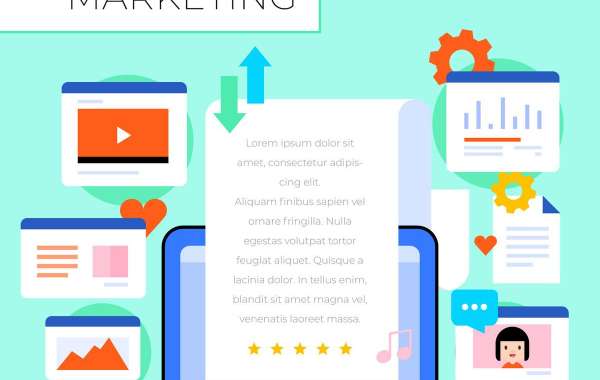In the ever-evolving digital landscape of marketing technology, content syndication has emerged as a crucial strategy for amplifying reach and engagement. Combining paid and organic content syndication can create a powerful synergy that maximizes visibility, drives traffic, and enhances brand authority. Here’s a deep dive into how you can effectively integrate these two approaches to optimize your content marketing efforts.
Understanding Content Syndication
Content syndication involves republishing your content on third-party platforms to reach a broader audience. It can be done through organic methods, where content is shared without direct payment, or through paid strategies, where you invest in promoting your content across various channels. Each approach has its own set of advantages and challenges.
The Benefits of Organic Content Syndication
Organic content syndication relies on the quality and relevance of your content to attract audiences naturally. Here are some key benefits:
- Cost-Effective: Organic syndication doesn’t require a monetary investment, making it an affordable option for startups and small businesses.
- Enhanced Credibility: When your content is shared by reputable platforms, it boosts your brand’s credibility and authority.
- Long-Term Value: Quality content can continue to attract traffic over time, providing sustained benefits.
The Power of Paid Content Syndication
Paid content syndication involves spending on platforms to promote your content, ensuring it reaches a targeted audience. The main advantages include:
- Immediate Reach: Paid syndication can quickly amplify your content’s visibility, driving immediate traffic to your site.
- Targeted Audiences: Paid campaigns can be precisely targeted based on demographics, interests, and behaviors, ensuring your content reaches the right people.
- Measurable Results: Paid platforms often provide detailed analytics, allowing you to track performance and ROI effectively.
Creating a Balanced Strategy
Combining paid and organic content syndication strategies can yield the best results by leveraging the strengths of both approaches. Here’s how to create a balanced strategy:
1. Identify Your Goals
Start by clearly defining your objectives. Are you looking to increase brand awareness, drive traffic, generate leads, or boost conversions? Understanding your goals will help you determine the right mix of paid and organic strategies.
2. Choose the Right Platforms
Select platforms that align with your target audience and content type. For organic syndication, consider guest blogging on industry-relevant sites, partnering with influencers, and sharing content on social media. For paid syndication, explore options like Outbrain, Taboola, LinkedIn Sponsored Content, and Facebook Ads.
3. Create High-Quality Content
Whether you’re focusing on organic or paid syndication, the quality of your content is paramount. Create informative, engaging, and shareable content that adds value to your audience. High-quality content is more likely to be picked up by reputable sites and perform well in paid campaigns.
4. Leverage Analytics
Use analytics tools to monitor the performance of your syndicated content. Track metrics such as views, clicks, shares, and conversions. This data will help you understand what’s working and where adjustments are needed.
5. Optimize and Iterate
Based on your analytics insights, continuously optimize your content and syndication strategies. Experiment with different headlines, formats, and platforms to see what resonates best with your audience. Regular iteration ensures that your strategy remains effective and aligned with your goals.
Case Study: A Successful Blend of Paid and Organic Syndication
Consider a B2B tech company that wants to increase its brand visibility and generate leads. Here’s how they might combine paid and organic syndication:
- Organic Approach: The company publishes high-quality whitepapers and blog posts on its website. They then reach out to industry blogs and websites to syndicate this content, earning backlinks and boosting SEO.
- Paid Approach: Simultaneously, they invest in LinkedIn Sponsored Content to promote their whitepapers to a targeted audience of decision-makers in their industry. They use the platform’s analytics to track engagement and refine their targeting.
By leveraging both strategies, the company not only broadens its reach but also attracts high-quality leads and enhances its online authority.
Conclusion
Combining paid and organic content syndication strategies allows you to maximize the reach and impact of your content marketing efforts. By understanding the strengths of each approach and integrating them effectively, you can create a robust syndication strategy that drives traffic, engages your audience, and achieves your business objectives. Remember to continuously monitor and optimize your efforts to ensure sustained success in the dynamic digital landscape of B2B tech publication.




